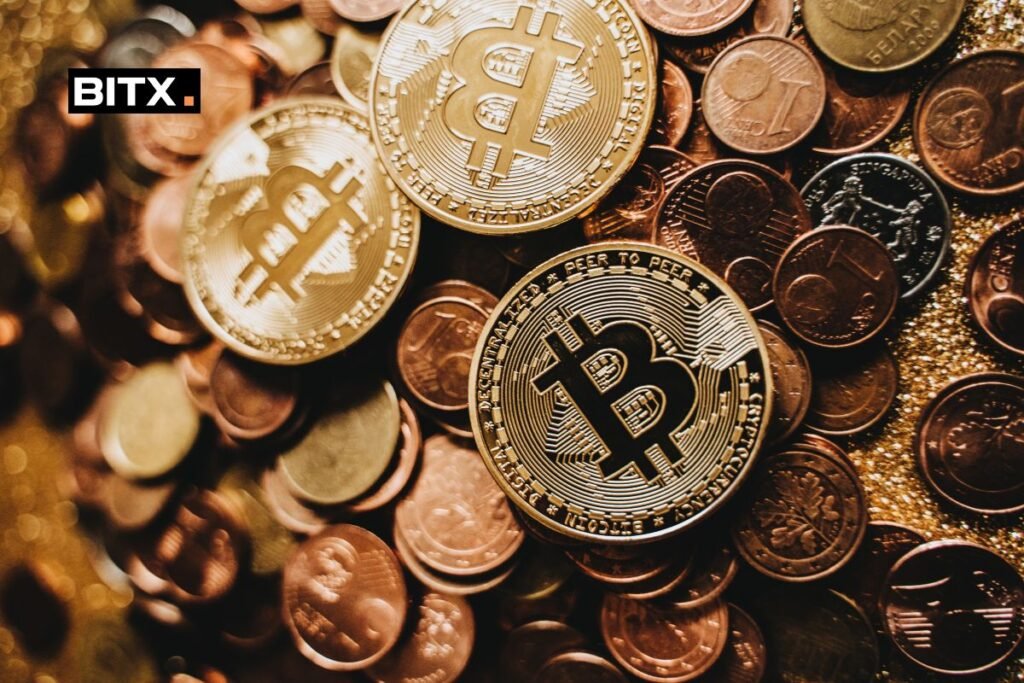Introduction
Bitcoin, the first decentralized digital currency, has revolutionized the financial industry since its inception in 2009. One of the unique features that set Bitcoin apart from traditional fiat currencies is its limited supply, capped at 21 million coins. This scarcity is managed through a process called halving, which reduces the reward for mining new blocks in half every four years.
This article aims to delve into the historical analysis of Bitcoin halvings and their impact on the price of the cryptocurrency.
What is a Bitcoin Halving?
A Bitcoin halving is an event that occurs approximately every four years, where the reward for mining a new block of transactions is reduced by half. The first halving took place in November 2012, reducing the reward from 50 BTC to 25 BTC. The second halving occurred in July 2016, reducing the reward to 12.5 BTC, and the third halving is expected to occur in May 2020, reducing it to 6.25 BTC.
Historical Analysis of Bitcoin Halvings
The first Bitcoin halving in 2012 didn’t seem to have a significant immediate impact on the price. Bitcoin was trading at around $11.50 before the halving and reached a high of $1,150 shortly after, but this could be attributed to various factors beyond the halving event.
The second halving in 2016 saw a different response. Bitcoin was trading at around $650 before the halving and surged to over $20,000 by the end of 2017. The increase in price can be partly attributed to the halving, as it represented the decreasing supply of new Bitcoins entering the market.
Impact on Price After Halvings
After each halving, Bitcoin has seen a period of bullish price action. However, it’s essential to note that other factors such as market sentiment, regulations, and technological advancements play significant roles in Bitcoin’s price movement.
The period after the first halving in 2012 saw a gradual increase in price, peaking at around $1,150 in November 2013. The price then fell significantly, bottoming out at around $200 in early 2015.
Following the second halving in 2016, Bitcoin experienced a prolonged period of price growth, reaching its all-time high in December 2017. After a sharp correction, the price has since stabilized and shown signs of recovery.
Conclusion
Bitcoin halvings have historically impacted the price of the cryptocurrency, mainly through reducing the supply of new coins entering the market. However, it’s crucial to remember that the price movement after a halving is influenced by a multitude of factors.
Looking ahead, the upcoming third halving in May 2020 will likely lead to increased scarcity, which could drive the price higher if demand remains strong. Nonetheless, investors should approach any investment in Bitcoin with caution, as it remains a highly volatile asset class.
Future Halvings
Future Bitcoin halvings are scheduled to occur every four years, with the next one expected in May 2024, when the reward will drop to 3.125 BTC. Predicting the exact impact of these events is challenging due to the numerous variables at play, but history suggests they could potentially contribute to a bullish market.
Disclaimer
This article should not be taken as financial advice. Investing in cryptocurrencies comes with significant risks, and potential investors should thoroughly research and understand the market before making investment decisions.
References
- Kosowsky, T. (2018, May 11). How Bitcoin Halving Events Impact the Price of the Cryptocurrency. Investopedia. Retrieved from https://www.investopedia.com/news/how-bitcoin-halving-events-impact-price-cryptocurrency/
- Mack, J. (2017, August 8). Bitcoin Halving: What Happens, and Why Does it Matter? Fortune. Retrieved from https://fortune.com/2017/08/08/bitcoin-halving-what-happens-and-why-does-it-matter/
- Ver, P. S. (2019, May 10). Understanding Bitcoin Halving: What it is and Why it Matters. Nasdaq. Retrieved from https://www.nasdaq.com/articles/understanding-bitcoin-halving-what-it-is-and-why-it-matters-2018-05-10
